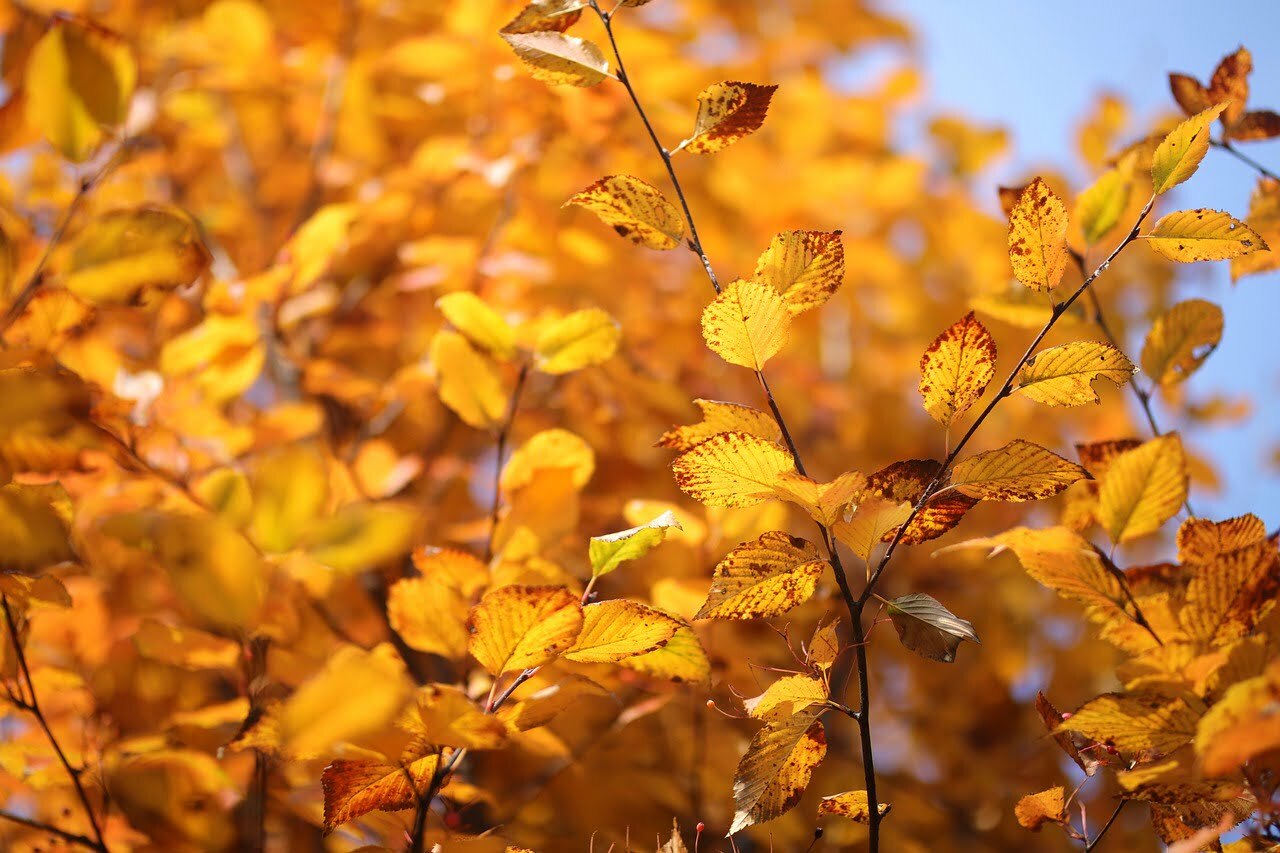
Zelkova and Planting: The Art of Cultivating Majestic Trees
Introduction
In the world of arboriculture, few trees evoke the same sense of awe and grandeur as Zelkova. With its majestic appearance and exceptional resilience, Zelkova has captured the hearts of both professional landscapers and nature enthusiasts alike. In this article, we delve into the art of planting Zelkova trees, exploring its unique attributes, and providing a step-by-step guide to ensure successful cultivation. Whether you’re a seasoned gardener or a novice in the world of tree planting, this article is your comprehensive resource for growing magnificent Zelkova trees.
1. Understanding Zelkova Trees
1.1 The Zelkova Genus
Before diving into the planting process, it’s essential to understand the Zelkova genus. Zelkova belongs to the Ulmaceae family and is native to Asia. The tree’s name has deep historical roots, with its origins in the ancient Georgian word “tzilkova,” meaning “a kind of elm.”
1.2 Zelkova’s Aesthetic Appeal
One of the primary reasons Zelkova has become a favorite among landscape designers is its captivating aesthetic. The tree boasts a gracefully spreading canopy, adorned with lush green leaves that transform into a stunning mix of red, orange, and yellow during the fall season.
1.3 Resilience and Adaptability
Zelkova’s remarkable ability to adapt to various environmental conditions and its resistance to pests and diseases make it an excellent choice for both urban and rural settings. The tree can withstand pollution, drought, and even compacted soil, making it an ideal candidate for street-side planting.
2. Selecting the Right Zelkova Species
2.1 Zelkova Serrata
The Zelkova Serrata, also known as Japanese Zelkova, is the most popular species for cultivation. Its vase-like shape and attractive bark make it a stunning addition to parks and gardens.
2.2 Zelkova Parvifolia
The Zelkova Parvifolia, or Chinese Zelkova, is another well-loved species. It showcases delicate, small leaves and has a more compact growth habit, making it an excellent choice for limited spaces.
3. Preparing for Planting
3.1 Choosing the Planting Site
Selecting the right location is critical for the Zelkova’s successful growth. Look for an area with well-draining soil, sufficient sunlight, and enough space for the tree’s mature size.
3.2 Soil Preparation
Zelkova thrives in loamy soil, but it can tolerate a range of soil types. Prior to planting, ensure the soil is well-amended with organic matter to enhance nutrient availability.
3.3 Season for Planting
The best time to plant Zelkova is during the early spring or late fall when the weather is mild, allowing the tree to establish its roots before the harsher seasons.
4. Planting Process
4.1 Digging the Hole
Dig a hole that is twice the width of the tree’s root ball and slightly shallower than its height.
4.2 Removing the Tree from the Container
Gently remove the tree from its container and loosen the roots if they are circling the root ball.
4.3 Placing and Backfilling
Position the tree in the center of the hole and backfill with soil, ensuring there are no air pockets around the roots.
4.4 Watering and Mulching
Water the newly planted tree thoroughly and apply a layer of mulch around the base to retain moisture and suppress weeds.
5. Caring for Zelkova Trees
5.1 Watering
Young Zelkova trees require regular watering, especially during dry periods. Once established, the tree is relatively drought-tolerant, but adequate hydration is still essential for optimal growth.
5.2 Pruning
Prune Zelkova trees to maintain their desired shape, remove dead or diseased branches, and improve airflow within the canopy.
5.3 Fertilizing
Applying a balanced, slow-release fertilizer in the spring will provide the necessary nutrients for healthy growth.
Conclusion
Zelkova trees are a true testament to nature’s beauty and resilience. By understanding their unique attributes and following proper planting and care techniques, you can enjoy the magnificence of these majestic trees for generations to come.
FAQs
- Can Zelkova trees tolerate urban environments?
Yes, Zelkova trees are remarkably resilient and can thrive in urban settings, withstanding pollution and compacted soil. - Do Zelkova trees attract pests and diseases?
Zelkova trees have natural resistance to many pests and diseases, making them a low-maintenance option for gardeners. - How tall do Zelkova trees grow?
The height of Zelkova trees varies depending on the species, but they can reach up to 80 feet in some cases. - When is the best time to prune Zelkova trees?
Prune Zelkova trees during late winter or early spring before new growth begins. - Can I grow Zelkova trees in containers?
While young Zelkova trees can be grown in containers, they will eventually outgrow them and need to be planted in the ground for optimal growth.